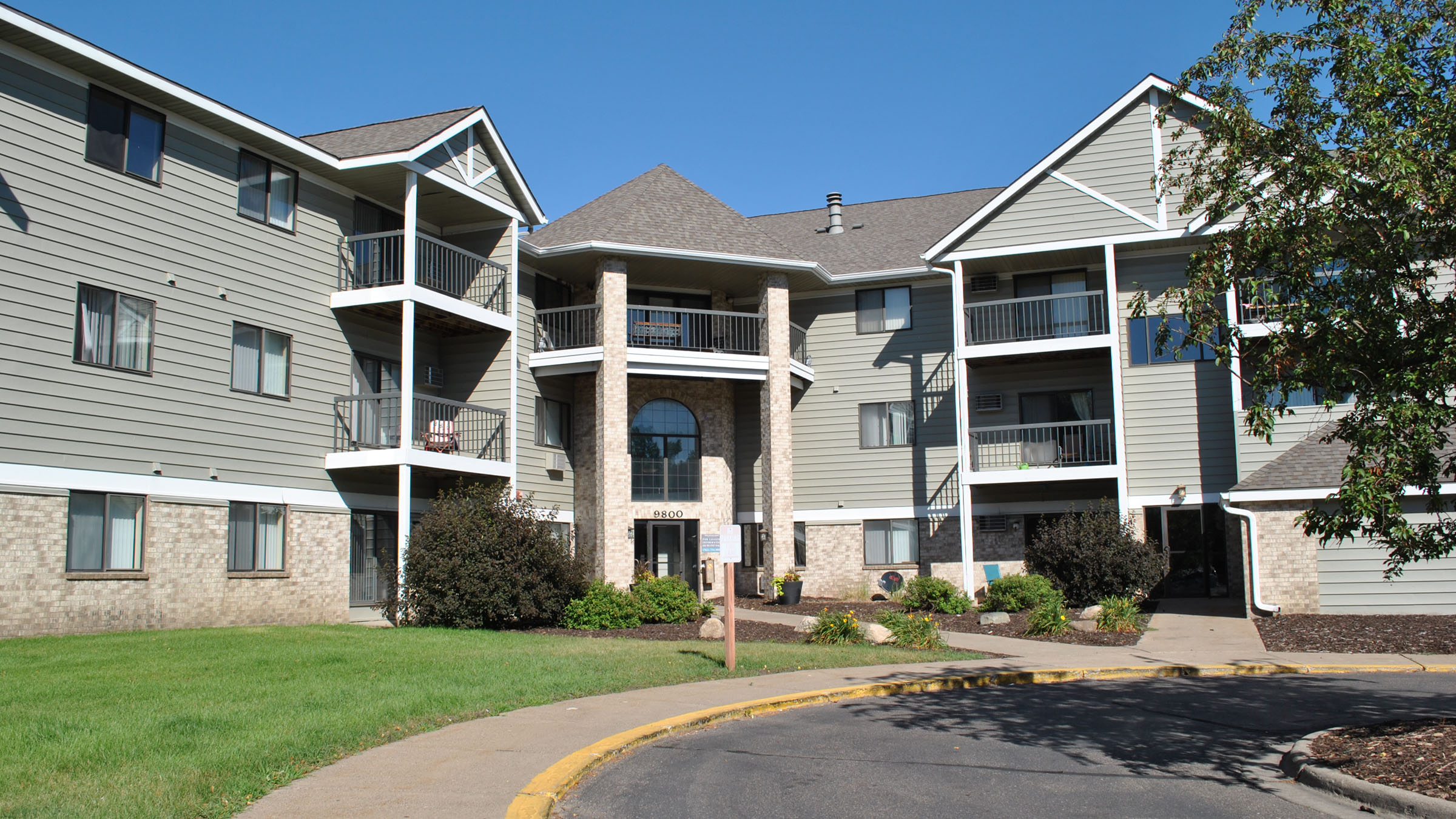The Twin Cities Metro Migration Dashboard shows individuals’ movement patterns into, within, and out of the 16-county Minneapolis-St. Paul-Bloomington metropolitan statistical area (MSA) over time. The dashboard offers three different views: “Origins/Destinations,” “Within Metro,” and “Across Metro,” which we explain in further detail below the tool. Users can examine how movement rates differ by age, credit score groups, and mortgage status.
The “Origins” option within the “Origins/Destinations” view enables users to examine movement rates into or out of specific communities within the MSA. Calculations are based on two specific points in time defined by the user. For example, a user can find the share of Minneapolis residents who moved into, within, or out of that city in the period from 2019 through 2024. The dashboard also reports whether those who left Minneapolis moved to St. Paul, to a suburb within the MSA, or to a community outside the MSA. With similar parameters, the “Destinations” option displays the share of residents living in Minneapolis in 2024 who also lived in Minneapolis in 2019, plus the share of residents who came from other, specific places from 2019 through 2024.
The “Within Metro” view calculates various migration rates for the entire MSA using a user-defined starting time point. For instance, if a user selects 2010 on the slider located in the upper left corner, the resulting visual will display the migration behavior of 2010 residents for each subsequent year up through 2024. (Note: The analysis for each year-to-year comparison only includes individuals whose location data are available for both time points in that specific comparison.)
The “Across Metro” view shows year-over-year migration rates for the entire MSA. Selecting the “Crude migration rate” option from the drop-down menu in the upper left corner will display the share of people living in the MSA who moved to a different census tract. The “Net migration” option subtracts the “Migration out of the metro” rate from the “Migration into the metro” rate. In other words, when the net migration rate is negative, more people in our sample moved out of the MSA than into it.
About the data
Data for the dashboard are from the FRBNY Consumer Credit Panel/Equifax (CCP), a nationally representative sample of all people with a Social Security Number and a credit file. We use a subsample from the CCP, which includes people from the MSA. The data source tracks the same people over time at a precise geographic level. These data allow for highly localized estimates of intra-metro mobility.
The data have several limitations. First, because people who live outside the United States are not included in the data, none of these calculations accounts for international migration. This means that the numbers in the dashboard will differ from those available via other commonly used measures of migration. (Also, because the dashboard tracks migration and not population growth, it does not account for births or deaths.)
Second, as noted above, our subsample excludes people without a credit score. We estimate that as of September 2023, this is about 5.5 percent of the adult population in the core seven-county Twin Cities area (made up of Anoka, Carver, Dakota, Hennepin, Ramsey, Scott, and Washington counties).
Third, the data exclude people without a Social Security Number. That category includes some of the 11 percent of Twin Cities area residents who are immigrants. According to the U.S. Census Bureau, nearly 60 percent of the Twin Cities area’s foreign-born residents are naturalized citizens, meaning they have a Social Security Number and could be represented in the sample if they also have a credit score.
Fourth, compared to the general population, the CCP data likely underrepresent people under age 25, Black or Latino people, and people with low incomes. These groups of people disproportionately lack a credit score. While data shortcomings limit researchers’ ability to gauge Native Americans’ credit scores as a whole, evidence on Native Americans’ limited access to credit suggests that they may also be underrepresented in the data.
Finally, the data can’t tell us why people moved—that is, whether they were involuntarily displaced or simply wanted to live elsewhere.








